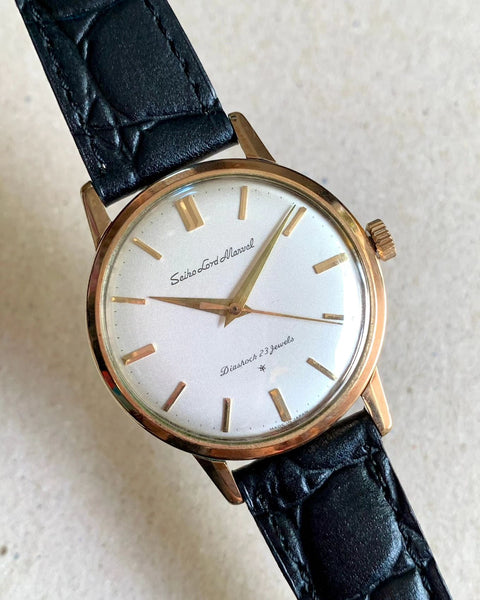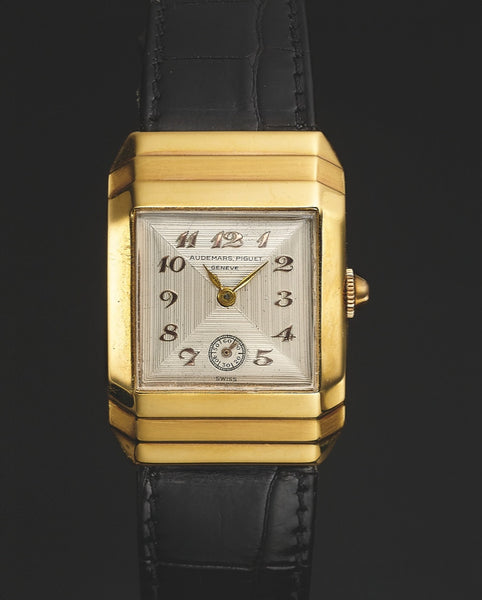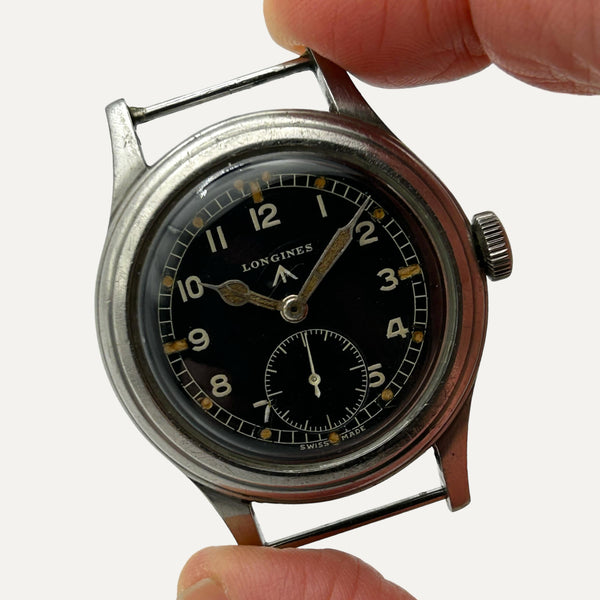Why Do People Still Love Vintage Watches Despite Modern Options
Watches have come a long, long way from just manually-wound, mechanical contraptions that tell the time. We now have watches that also function as a stopwatch, show us the moon cycles, and even monitor our blood pressure. Despite these much more modern amenities though, enthusiasts still keep their appreciation for vintage watches made decades ago, scratches and dings and all.
Why do historic timepieces still thrive in an era of high-tech gadgets? What’s more, old and retro watch designs are making a comeback in recent years in the form of reissues and reinterpretations. The answer lies in their charm, history, and craftsmanship that modern options sometimes lack. The quirks and imperfections of vintage watches are what makes them so appealing.
Here are a few more reasons why old watches have such long-lasting appeal.
Reasons Why People Like Vintage Watches
Nostalgia and Sentimental Value

Source: @og.vintage.watch on IG
For many people, vintage watches hold special meaning and remind them of important memories. Watches that have been passed down through generations as an heirloom watch carry sentimental value. They represent a symbolic gift received to commemorate a milestone like a graduation, wedding, or retirement. Every glance at one of these timepieces brings one back to a special time.
Beyond family heirlooms, vintage watches can evoke certain eras and experiences. For example, a 1970s Omega Speedmaster might remind someone of the early Space Age and the moon landing. A 1920s Cartier tank watch might conjure images of the Roaring Twenties and the emergence of the Jazz Age. These watches represent more than just jewelry or accessories - they are markers of significant moments in history.
Appreciation of Artistry and Craftsmanship

Source: @antiquorum on IG
One of the appeals of vintage timepieces is the remarkable craftsmanship and artisanal work that went into them. Many vintage watches showcase masterful techniques that are rare or non-existent in modern manufacturing except in the high-end luxury categories.
Watchmakers of past eras used specialized hand skills and tools to intricately cut individual gears, spin balance springs, and etch decorative patterns onto watch faces and casebacks. Everything was painstakingly finished by hand. When you look through the back case of a mechanical watch, the complexity is almost spellbinding.
Modern mass production cannot replicate the subtle contours, textures, and nuances created by craftspeople of the past. Appreciating the human achievement embodied in these watches makes them special, despite advances in technology today.
Durability and Longevity

Source: @time.2.race on IG
Is it just us, or do products from decades ago last so much longer than current ones? Anyway, vintage watches were built to last - in many cases for decades or longer. Brands had strong reputations for quality and reliability they staked their names on. Owning a Rolex or Omega meant inheriting a timepiece that would endure years of regular use, and something that you can still probably pass on to the next generation.
Watchmakers used quality materials and components that allowed watches to be disassembled, cleaned, and repaired over time. Built-in redundancy provided backup systems if a part like a spring broke. This ensured a longevity that most modern watches cannot match.
In contrast, planned obsolescence (which brands try so hard to deny is happening) dictates most of today's manufacturing. Items like digital watches may only last several years before needing replacement. Vintage watches represent an era of quality craftsmanship rather than disposability.
Distinctive Aesthetics

Source: @antiquorum on IG
The aesthetics of vintage watches have an undeniably classic elegance that draws people in. Design styles like Art Deco and Mid-Century Modern allow vintage timepieces to feel both retro and timelessly sophisticated.
Signature design features - a circular slide rule bezel, a rectangular dial flanked by Roman numerals, an ornate engraving on the caseback - give vintage watches unique visual flair. Guilloché patterns, sculpted hands, enamel dials and other decorative techniques offer visual richness that make them much more collectible than recent watch releases.
Modern minimalism and smartwatch functionality simply can't compare to the ornate details and careful styling of vintage watches. When it comes to aesthetics, the craftsmanship of the past trumps what we get today, and if you have an eye for the arts, then it’s no surprise if you would prefer the vintage over the new.
Value and Investment Potential

Source: @strictlyvintagewatches on IG
Some vintage watches have gained significant value over time, rising to cost tens of thousands of dollars or more. Iconic models from brands like Rolex, Patek Philippe, and Audemars Piguet are highly coveted and treated like fine art. Though not as liquid as other assets like jewelry, rare and historically important timepieces sell for astronomical prices at auction. For example, Paul Newman's 1968 Rolex Daytona sold in 2017 for a record-breaking $17.8 million. Owning certain vintage pieces can be a bankable investment if you know how to pick your watches.
Even more common vintage watches can appreciate in value based on factors like condition, brand prestige, and style trends. For savvy collectors, vintage watches represent both a piece of history and rising financial value.
Conclusion
Despite the watch industry's many innovations, vintage watches will probably always have a place in our hearts thanks to their heritage, craftsmanship and intrinsic value. For enthusiasts, the quirks and imperfections of old timepieces make them even more special.
Vintage watches evoke nostalgia, reflect remarkable creativity, and feel like historical artifacts we can wear on our wrists. As more time passes, vintage watches only become more admired and desired. No matter how advanced watch technology becomes, vintage timepieces will remain classics for the ages.

And if you’re wanting to get your own vintage watch but don’t have the millions or the connections to get one, you can always build one at home. Read our guide on how to give your watch an instant patina so you can make your timepiece look decades old when in reality, you have just built it days ago. We also have cases with a patinated design if you want to skip on the manual work - you can pair these cases with other vintage inspired pieces like a cream lumed dial for an even better look.
You can also create your personal reissue of classic Seiko divers, or just plan and build a completely unique one with our hundreds of compatible parts. Be sure to have a look at our huge catalog to create a watch that is just for you.
Happy modding!
